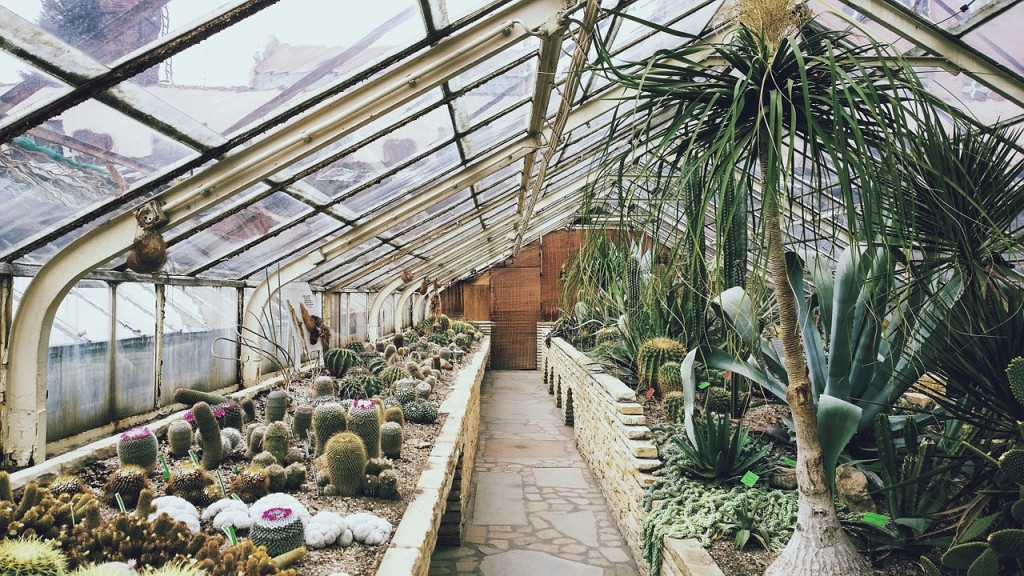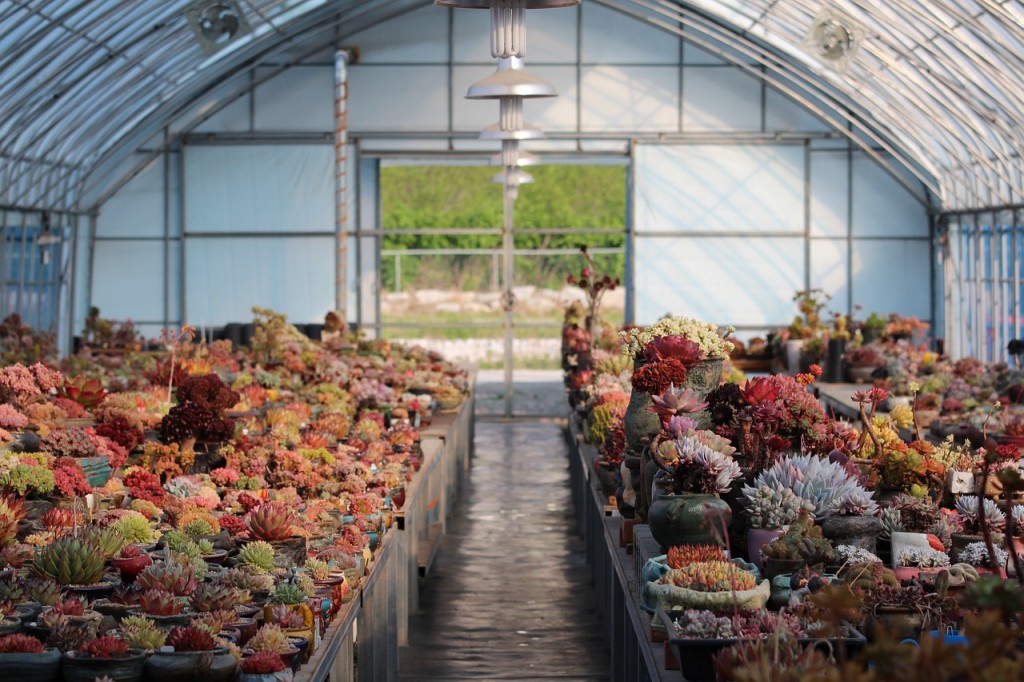
Drought-tolerant plants could be the perfect solution for people who are struggling to maintain their garden in hotter parts of the US.
There are plenty of suitable varieties on offer, it is simply a question of selecting one that is most appropriate for the space available.
Climbers are likely to be a top choice for individuals who wish to make the most of their greenhouse, as they could be grown outside or inside the building.
Passiflora caerulea – alternatively known as Blue Passion Flower or the Common Passion Flower – is a very popular vine with gardeners.
This is often attributed to the plastic-like appearance of its intricate, scented flowers and it also produces a fruit that can be used as a substitute for blackberries in pudding recipes.
Another interesting characteristic of the plant is that it is often considered the national flower of Paraguay. Here, it is described as the Jesus Flower, with each part said to represent a different aspect of the crucifixion.
Jasminum officinale is another possibility and is very different from the passiflora caerulea. It is considered the national flower of Pakistan and is a strain of jasmine, most famous for its pleasant scent.
Those looking to take a broader approach to ensuring their garden is drought resistant could keep an eye on the UK Royal Horticultural Society’s Chelsea Flower Show.
The event’s Artisan Garden category is returning for the second year and specialises in sustainability.

“Designers have taken inspiration from a number of sources, ranging from landscape and travel to literature and water. Our visitors will enjoy the diverse range of exhibits in the artisan category, with gardens that use natural materials and traditional craftsmanship in creative ways, and with beautiful results,” explained manager of the event Alex Denman.
Indeed, one of the entries – Vicky Harris’s Veolia Water Garden – has been designed with water conservation in mind.
Not only are drought-tolerant plants included, but Ms Harris has also extended this philosophy to the turf.
In addition to these measures, a rain chain will direct water from the rooftops to form a reservoir that is accessible from the garden and can be accessed in times of drought.
This was done with the hope of demonstrating the importance of rainwater harvesting and could easily be applied to a glasshouse.
Water efficiency has also been enhanced with the careful use of gravel to improve moisture conservation and the creation of a small hill to encourage water to naturally drain into the garden from the surrounding area.



